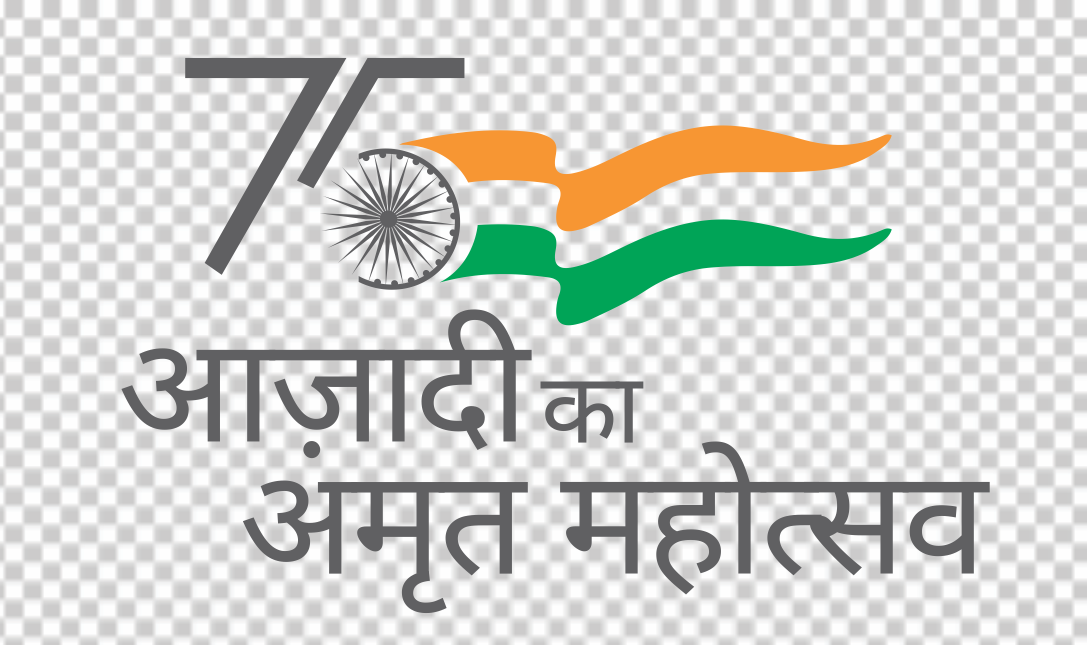Friday – No Car Day Campaign
Friday – No Car Day Campaign
Let's each Friday is "No Car Day" for DELHI-NCR.
Join Indian Institute Of Sustainable Development (IISD) and Carbon Minus India (CMI)'s
calls to join - it's "No Car Day" Campaign.
This campaign started on July 2007 and since than each year,
we observe this campaign on the occasaion of Foudation Day Celebration of Carbon Minus India (CMI).
In addition,
we have organized this campaign time to time; being encouraged and supported by different
partnering organizations, Institutes, our well wishers and volunteers.
We have already conducted this campaign in 7 different Cities in India, since it's inception.
We have now 27,769 volunteers, either have joined in our campaign, or have expressed
their interest to join, in Offline and Online mode, as registered volunteers.
We have an aggresive plan to take this campaign to all of our Cities of India.
As the first the step towards it's Campaign, since Delhi is having highest numbers of Cars in the Country;
Carbon Minus India (CMI) calls Delhi-ites to desert their cars at least for one day (i.e Friday) in a week.
To start with, it certainly creates a visible impact, not only in terms of reduction of Carbon-foot print, of the Capital City i.e the largest democracy
of the world, but also motivates it's citizens to adopt a climate-friendly life-styles at large.
In the year 2020, there were almost 12 million registered motor vehicles in Delhi roads, which is the highest in the Country.
In the last decade, the number nearly doubled.
The total motorized vehicles in Delhi rose to 1.18 lakh crore by March 31, 2020, it said.
Car and jeeps accounted for around 28 per cent of the total registered motorized vehicles,
whereas two-wheelers are about 67 per cent of the total registered vehicles in the city.
5.7 lakh vehicles enter Delhi daily, i.e equal to number of vehicles registered in a year
In 2019, the registered number of private cars in Delhi, India, amounted to over 3.48 million.
The exponential increase in the number of private vehicles and the consequent emissions had
contributed to making the air quality in Delhi Very Poor in recent years.
There are about 10.2 lakh private cars on Mumbai's roads, comprising about 28 percent of the city's total number of vehicles.
With 510 private cars in every kilometre, Mumbai is the most Car-Congested City in India,
ahead of Cities like Pune, Kolkata and national capital Delhi.
Carbon Minus India (CMI), an IISD initiative; argues that we had 2 thermal
plants at ITO at New Delhi, emitting CO, CO2, SO2, NO2. some year ago, affecting directing the almost 70% of Children and 30% of adults into TB,
asthma and so on,
which could be tackled, with the introduction of CNG, in Delhi by historic intervention of hon'able Supreme Court of India.
Now, it's Cars, - Delhi is now having 35 lacks cars, to which every day 700 cars gets added. In addition, we have 285 flyovers and at least
12 persons die out of road accidents. Today vehicular emission contributes around 85% of Delhi's air pollutions and degrades it's ambient air quality.
In cities like Delhi, Cars and Two Wheelers occupy more than 90% of the road space and pollute heavily and they meet a very small
share of the total travel demand, comparitally. Thanks to Metro Rail - it has decongested Delhi to a greater extent.
Delhi Transportation Corporation (DTC) says - we are short fall of 40,000 buses,
with respect to travel demand of the city; whereas we do n't have, enough road length to accommodate them either to meet the present or future demand.
Can we really forget our cars, atleast for a working day, in a week ? Let's try it seriously.
The China Experiment by Regulation
Here it is interesting to note that cars were off in Beijing's streets from August 17-20 this year as a pilot experiment,
which involved banning cars from the capital roads following an odd-even number plate system, by the traffic police and city corporation.
As a part of the plan, all private vehicles with license plates ending in even numbers, were pulled off the roads on August 17 and August 19th.
Odd-number license vehicles were pulled off on August 18 and August 20th. The idea was to keep 1.3 million cars off the roads, nearly more than a
third of the city's car population. Beijing is home to 3 million cars and adds 1,000 cars a day.
The Mayor's Cleaner New York Initiatives
New York Mayor imposes a special fee to cars, entering to specified congested narrow roads with dense-traffics. Cars those who would attempt
to get into Manhattan below 86th street, during week days between 6am to 6pm, have to pay $ 8 per entry. Such programmes have also been
implemented in London, Stockolm and Singapore, where motorists are charged a fee to drive into specified congested street roads.
World Car Free Day, which is celebrated on September 22, each year; encourages motorists to give up their cars for a day.
In 2007, China launched the Green Transport and Health Week Campaign to help residents understand the
importance of environmental protection and be mindful about saving energy. The campaign ended with a No Car Day, which was Saturday.
This Chinese national urban transport campaign was implemented by the Ministry of Construction. During the Week of September 22,
walking, biking, public transportation, and carpooling are encouraged.
On No Car Day they had special 'green zones' in hundreds of cities. These normally vehicle congested areas
were open only to pedestrians, bicycles, and buses from 7am to 7pm.
No Car Day's main objective was to promote public transportation, which helps to
conserve energy and have lower emission because the number of vehicles was likely to consideverally reduced.
No Car Day was originally started in preparation for the 2008 Summer Olympic Games that were being held in Beijing.
It is estimated that the 2007 campaign saved 33 million liters of gasoline and cut emissions by 3,000 tons.
World Car Free Day is similar to No Car Day, but is a more worldwide event, getting observed from September 22, 2015.
Although over 100 cities are participating in World Car Free Day, it isn't making an larger impact everywhere, it is just, rather a good begining.
For atleast one day, No Car Day
helps the environment, by cutting back cars and emissions, and
creates a beautiful sky.
When it is over, everything goes back to normal and the sky begins to go back, again to smog filled.
The other events that are similar in aspect to No Car Day are London Freewheel and Unplug America.
IISD-CMI's "Friday is No Car Day" Campaign, in fact, had started in July 2007,
before the Chinese Campaign of September 22, 2007.
Chinese "No Car Day Campaign" was a call, not for using the car on a single day in a year,
whereas IISD-CMI's "No Car Day" call was asked the people, not to use their car, atleast once in a week.
Car Free Day is organized in various cities throughout the world in different ways,
but with the common goal of reducing the number of cars on the streets. The benefit
to greater society is a day with less traffic congestion, a greener environment and reduced gasoline demand.
Please Come and Join us, "Friday No Car Day" Campaign today.
Write to us info@iisdindia.in or
sustainableinstitute@gmail.com
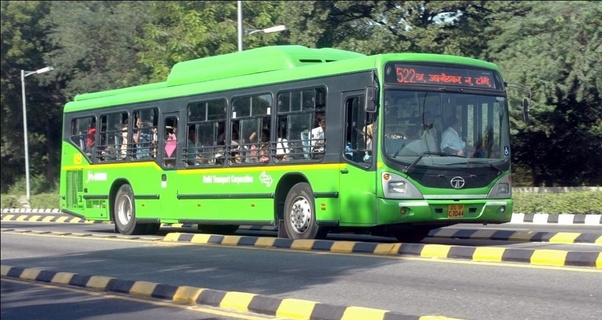
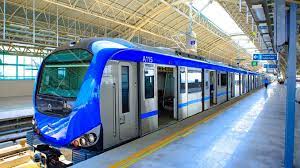
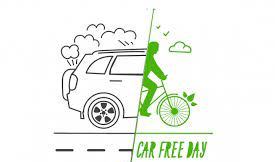
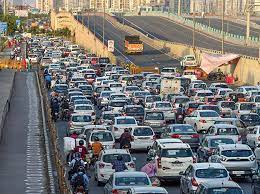

Rajastan Govt Transport Department will Observe No Car Day, Once in a Month in it's 1st Day

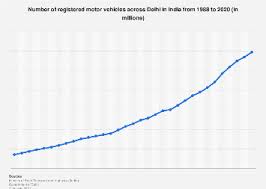

Side by side pictures of Beijing, China. One with smog and the other without.
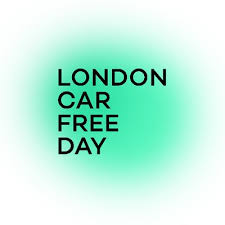
In Londaon, Car Free Day is also known as Londaon Freewheel.
